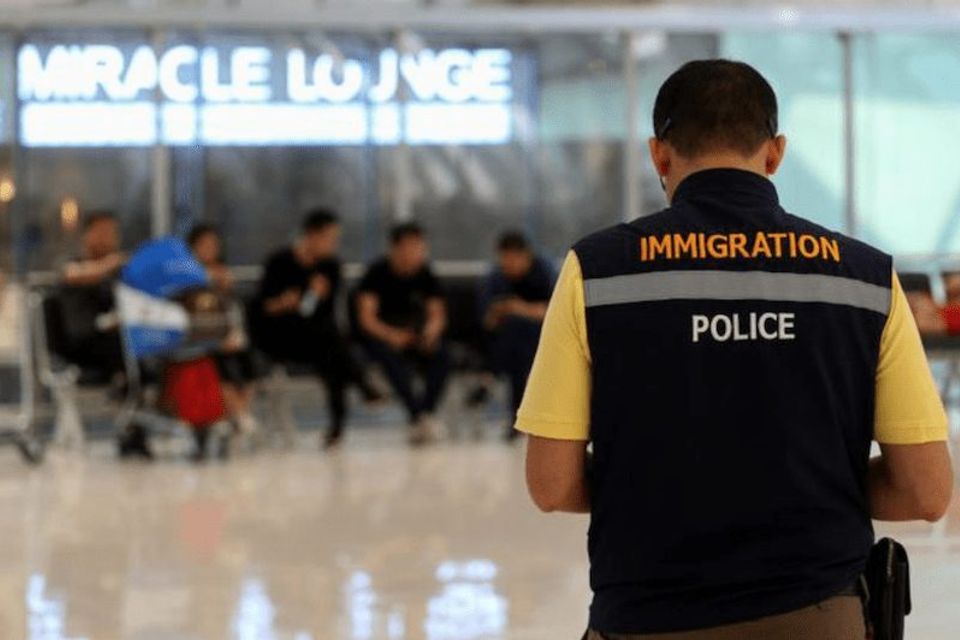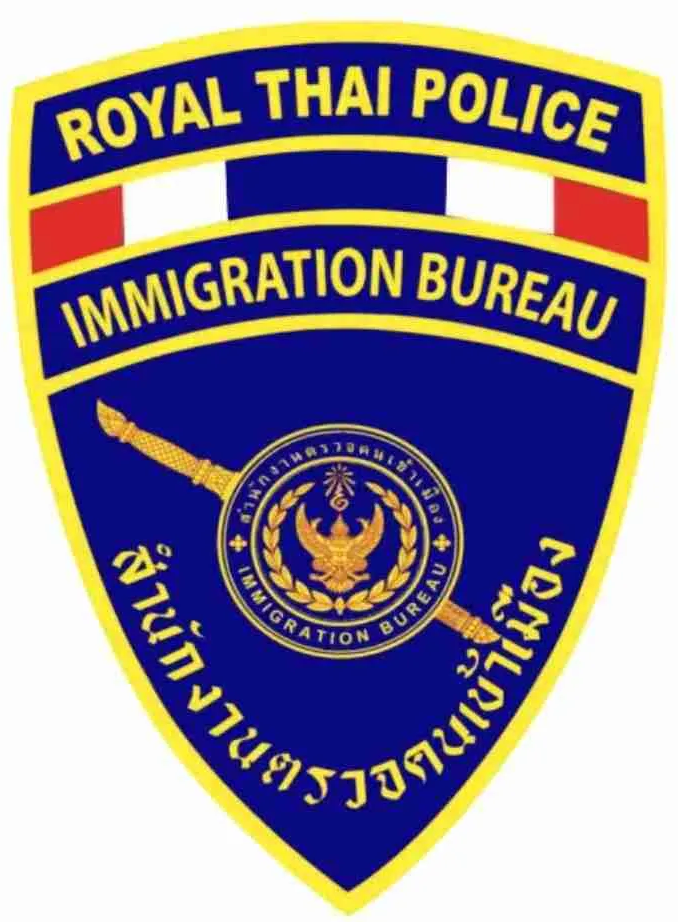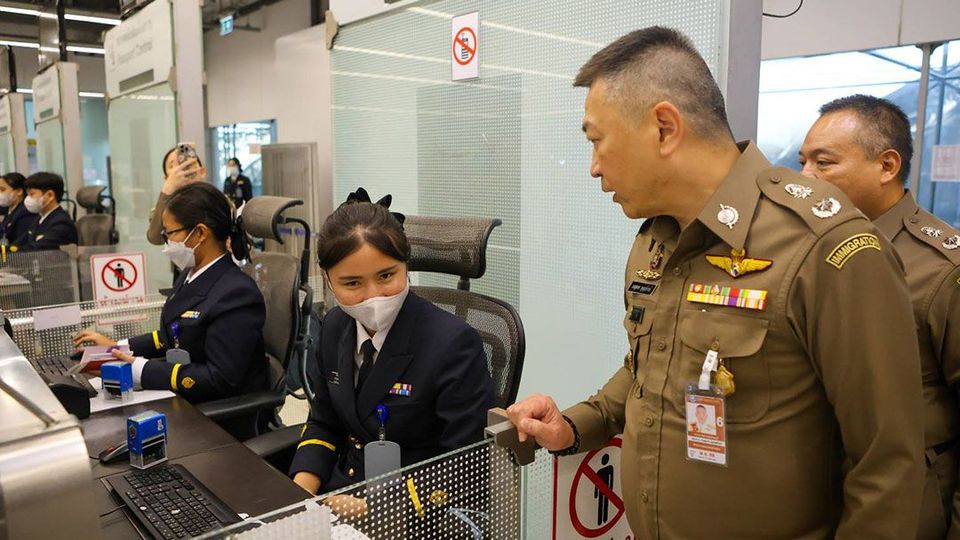The type of entry you use to enter Thailand determines how long Thai Immigration will permit you to stay. These entry types include Visa Exempt, Visa on Arrival, Tourist Visa, Non-Immigrant Visa, or Long-Term Resident Visa.
For the latest updates or temporary changes not covered here, please check our Latest Thai Immigration Information page.
Ports of Entry and Entry Requirements:
Thailand has multiple ports of entry, including international airports and land border crossings. Like all countries, Thailand has specific requirements for foreigners entering the Kingdom.
What Do I Need to Enter Thailand?
Entry options include:
-
Visa Exempt (no visa required)
-
Visa on Arrival (issued at the port of entry)
-
Visa obtained from a Thai Embassy or Consulate (applied for via the Thai E-Visa online system)
Required documents vary by visa type and by the Embassy or Consulate issuing your E-Visa. Fees and supporting documentation requirements are specified on the respective Embassy or Consulate’s website.
For more details and to access the online visa application, visit our Thai E-Visa information page.
What Should I Do When I Arrive?
Previously, travelers were required to complete a TM.6 Arrival/Departure Card and present it at immigration. This has now been replaced by the
Thailand Digital Arrival Card (TDAC), which must be presented either as a printed copy or on a mobile device.
TDAC HERE:Upon arrival:
- Present your valid passport (valid for the intended stay).
- If you have a visa, present the printed E-Visa approval notice from your online application.
- Present your TDAC.


